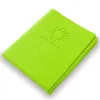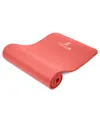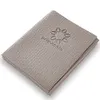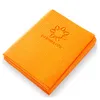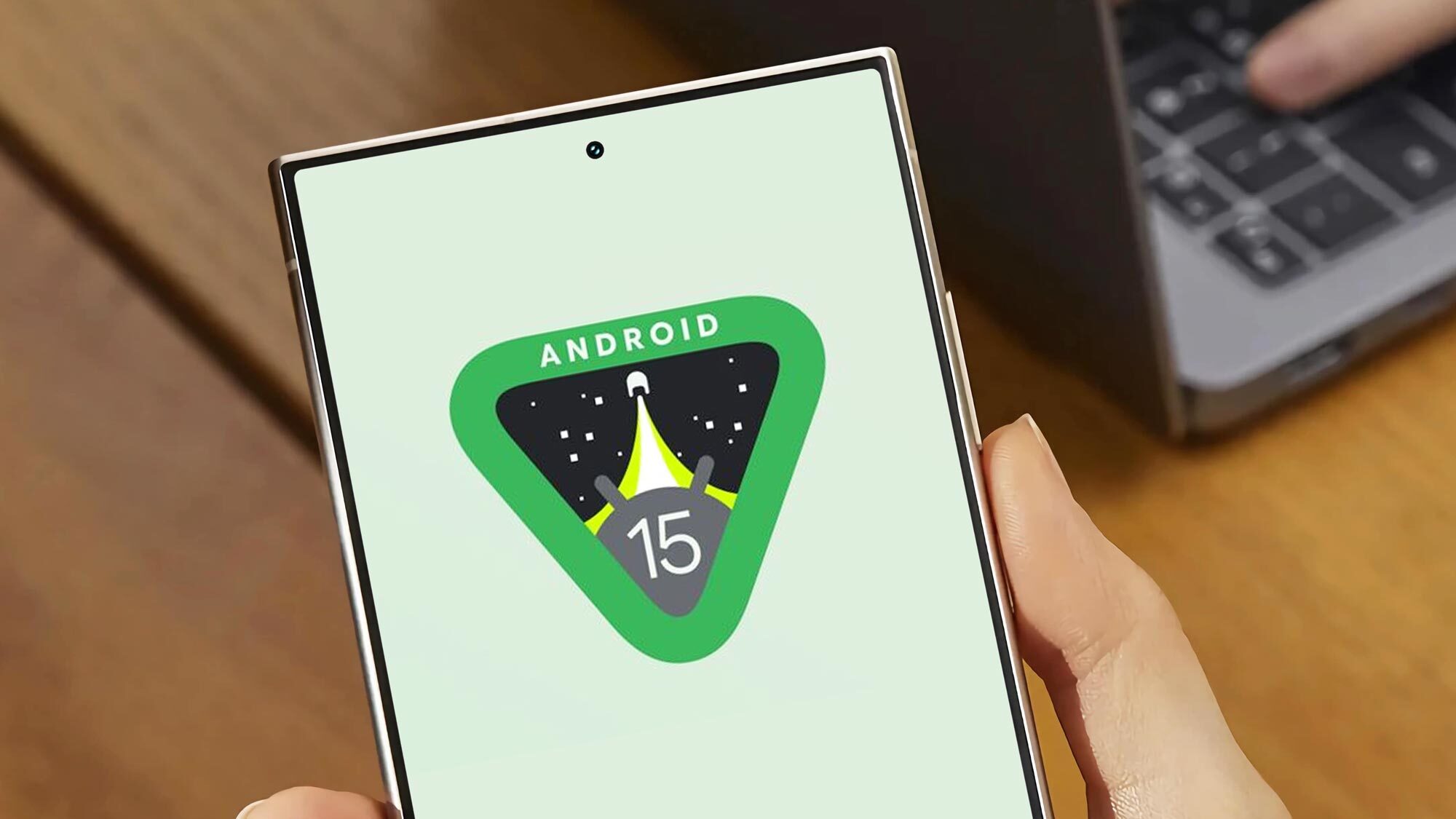
Downward-facing dog is probably the most well-known yoga posture there is, and most of us yogis probably think we’ve got it nailed down by now. However, whether you’re a yoga beginner or you’ve been flipping your dog for years, there are always tips and tricks for improving your practice.
Known as Adho Mukha Svanasana in Sanskrit, downward dog is a yoga staple for a reason, so taking the time to make adjustments to the pose can help you reap the rewards.
Curious, I spoke to two expert yoga teachers to see what hacks I could pick up to perfect my downward dog, and thought I’d share them here for all the keen Tom’s Guide yoga enthusiasts.
Grab one of the best yoga mats to support your dog, then check out these yoga instructors’ tips on how to do downward-facing dog step-by-step, the benefits and ways to tweak the posture for your practice.
How do you do downward dog for beginners?
First, I spoke to Eloise Skinner, yoga instructor and author, to learn how to set up your downward dog.
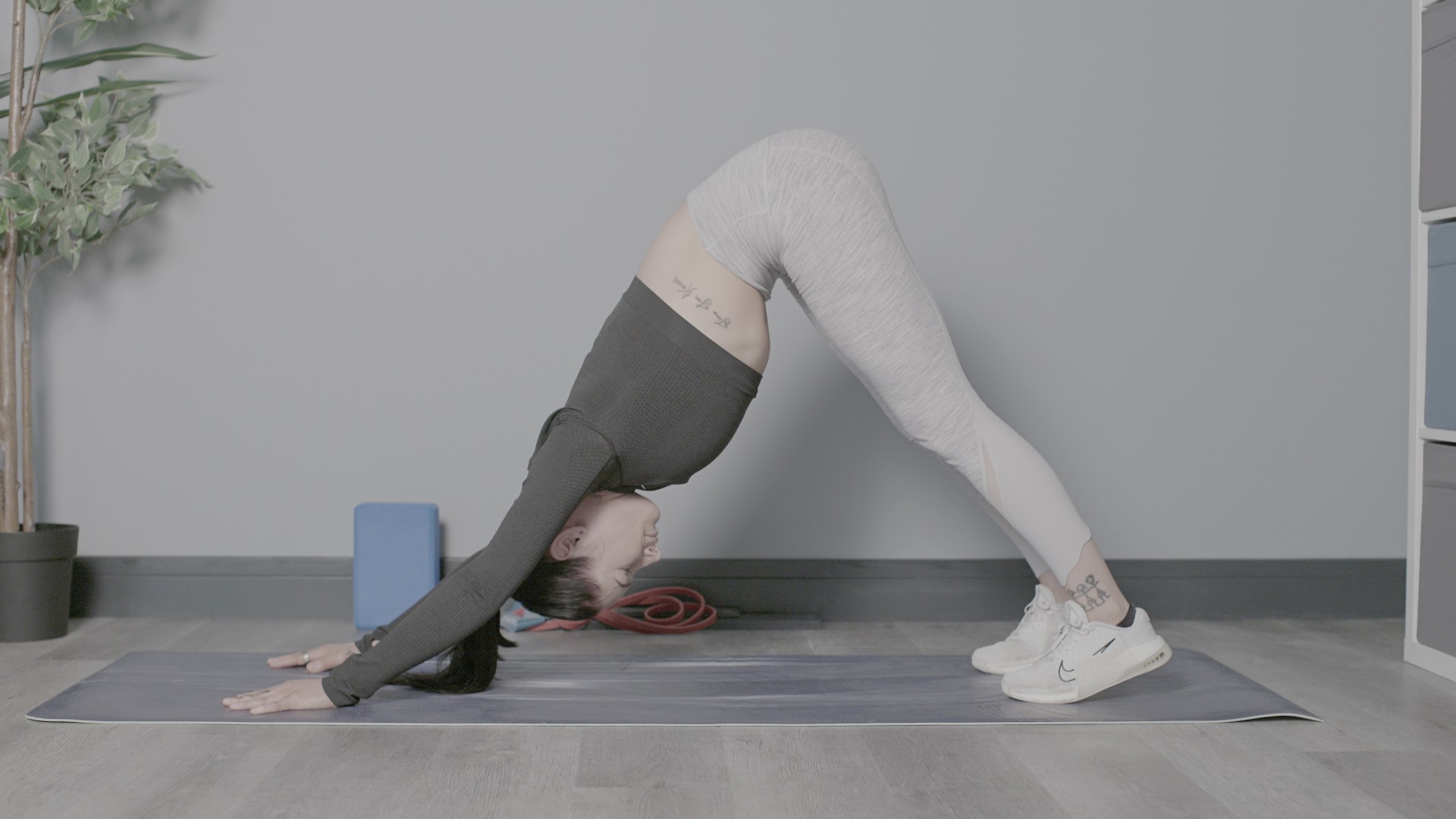
- Start in a table-top position on your mat (all-fours, with your shoulders over your wrists and your hips over your knees)
- Press down into your hands and lift your hips toward the ceiling
- Imagine creating an inverted 'V' shape, with your tailbone reaching upward and backwards and your heels and hands grounding down

Eloise is a qualified yoga instructor and author. She is also qualified to teach Pilates, ballet, meditation, stretch, contortion, mobility and breathwork.
“Your heels don't need to touch the ground,” adds Skinner. “And you can bend your knees if you need to. For those looking for a deeper stretch, press down through your heels to lengthen your legs.”
Ways to improve your downward dog
We’re not all built the same, so while the steps above might work for some, there are ways to adjust your downward dog if you don’t feel comfortable. Skinner recommends repositioning your hands and feet if necessary.
Sign up to get the BEST of Tom's Guide direct to your inbox.
Get instant access to breaking news, the hottest reviews, great deals and helpful tips.
“Stepping back a little can help to lengthen your legs, or you could bend your knees to lessen any pressure in your hips and hamstrings,” she advises. “You can also pedal out through your feet, bending one knee and the other, or swaying your hips gently side-to-side.”
As you hold the posture, try to spread your fingers while keeping both palms firmly grounded. Skinner says your neck should stay aligned with your spine. “For an advanced practice, you can also try a gentle neck stretch by nodding and shaking your head at a very slow speed,” she adds.
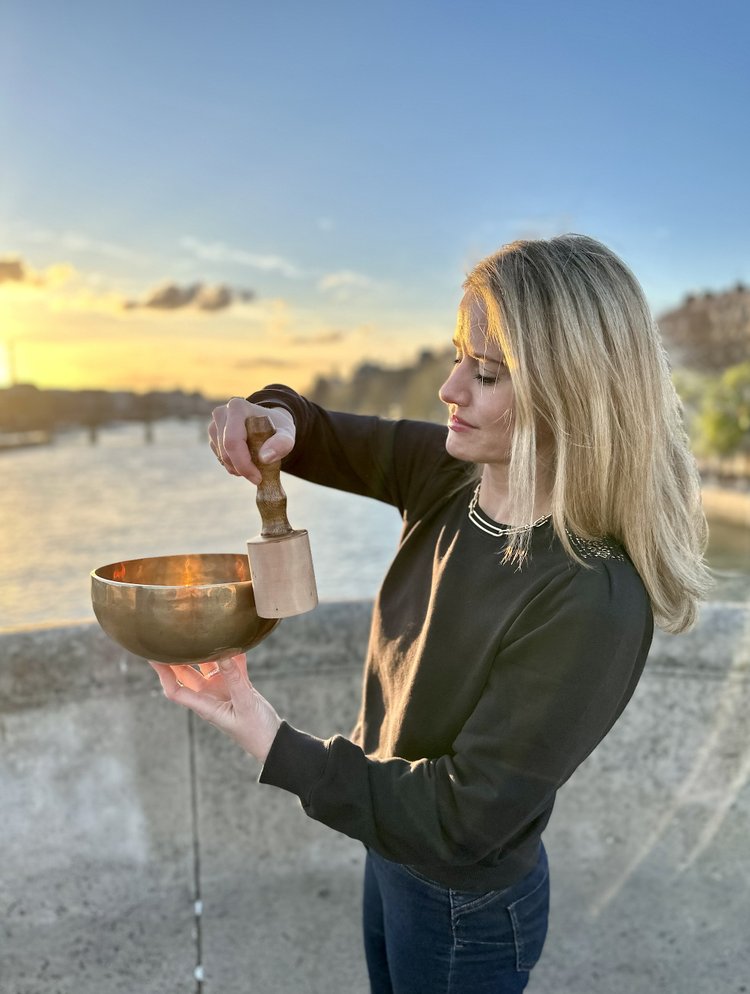
Nancy is a qualified yoga teacher, sound practitioner and founder of True North Studio.
Nancy Trueman, yoga teacher, sound practitioner and founder of True North Studio, says pressing into the thumb and index finger can help protect your wrists. “Keep your head between your arms, ears aligned with your upper arms, releasing tension in your neck,” she adds. Trueman also guides yogis to relax the neck and look toward the thighs or feet.
“Hold for a few breath rounds and then release the pose by coming back into all fours,” she guides.
Perhaps one of the best tips I’ve ever received is Trueman’s advice: “Prioritize a long spine over straight legs.” We all have that idea of the “perfect dog” in our minds, which usually means the heels are supported flat on the mat with legs straight and spine long. But really, there’s no benefit to forcing your legs straight if it means compromising your back.
Trueman also recommends drawing the shoulders away from the ears and learning to engage your core properly to “ help stabilize the posture.” Another way to stabilize yourself in downward dog is to take a wider stance — feet to the edges of the mat — with a soft knee bend.
What is a downward dog good for?
“Downward-facing dog provides a great stretch for multiple areas of your body…hamstrings, hips, lower back, shoulders and neck, for example,” Skinner says. “You'll also get a great sense of strengthening through your arms and upper back, as well as an opportunity to take deep, full-body breaths.”
Trueman adds that downward dog “elongates the spine, hamstrings and calf muscles,” while “strengthening arms, shoulders and legs,” improving your awareness and posture. Downward dog, alongside yoga as a whole, is known to help calm the nervous system and even relieve stress.
“Interestingly, downward dog is considered a traditional resting pose in many styles of yoga, especially in vinyasa or flow-based practices,” explains Trueman. “But it’s an accessible pose for any level where the body can reset, the breath can deepen and the mind can refocus.”
If you're practicing downward dog for the first time, try holding the pose for several rounds of breath, then releasing your knees to the floor and taking a child's pose to restore energy.
More from Tom's Guide
- Forget push-ups — I'm a personal trainer and here's 3 ways to build upper-body strength and mobility using downward dog
- 8 minutes, no equipment — this 8-move Pilates abs workout works your deep core muscles
- I tried this 5-minute 'morning yoga' workout to build mental stamina and flexibility — here's what happened
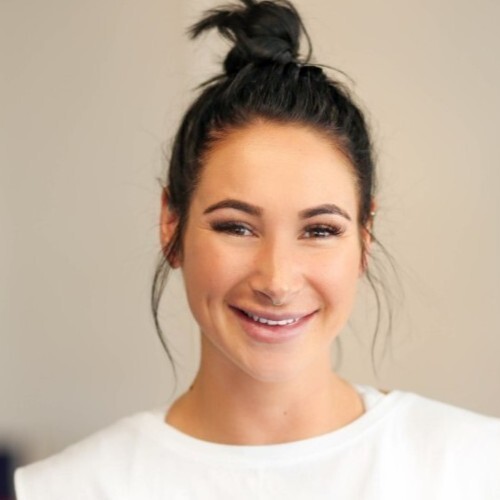
Sam Hopes is a level 3 qualified trainer, level 2 reiki practitioner and senior fitness writer at Tom's Guide. She is also currently undertaking her Yoga For Athletes training course. Sam has written for various fitness brands and websites over the years and has experience across brands at Future such as Live Science, Fit&Well, Coach, and T3.
Having worked with fitness studios like F45 and Virgin Active, Sam now primarily teaches outdoor bootcamps, bodyweight, calisthenics and kettlebells. She also coaches mobility and stretching-focused classes several times a week and believes that true strength comes from a holistic approach to training your body.
Sam has completed two mixed doubles Hyrox competitions in London and the Netherlands and finished her first doubles attempt in 1:11.
You must confirm your public display name before commenting
Please logout and then login again, you will then be prompted to enter your display name.
